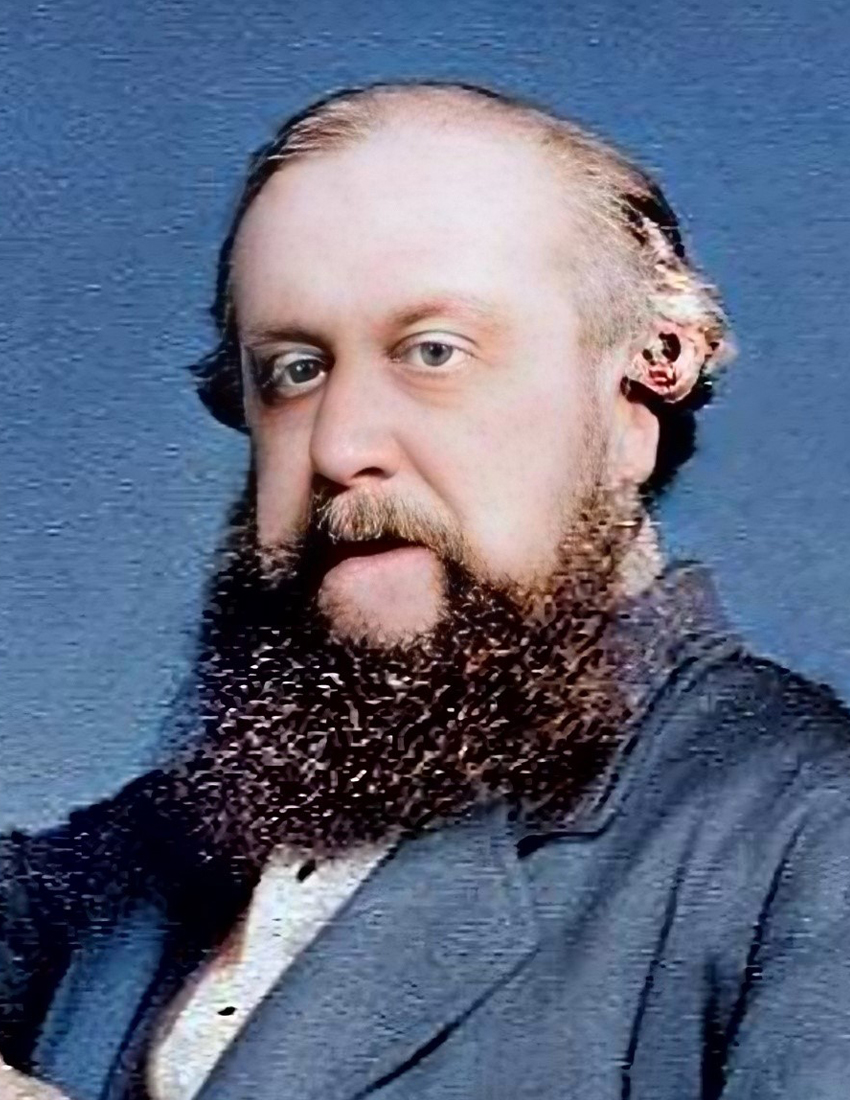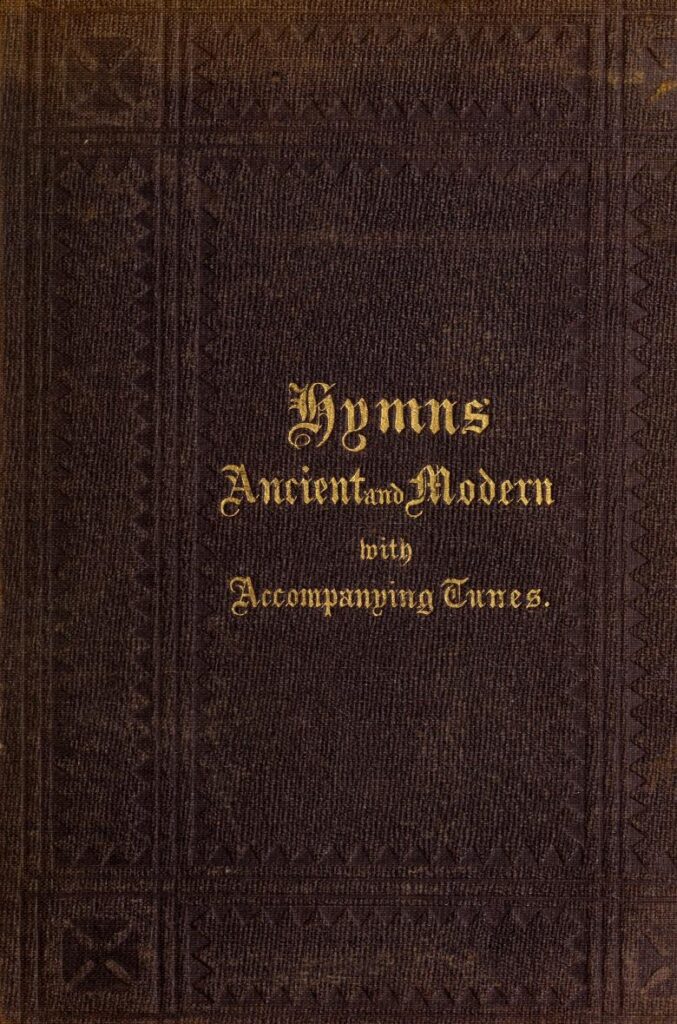Born: March 16, 1823, London, England.
Died: March 1, 1889, London, England.
Buried: Highgate Cemetery, London, England.
William Henry Monk

Hymns by William Monk
Born in London on March 16, 1823, William Henry Monk’s life was a testament to his unwavering commitment to sacred music. Although little is known about his early years, it is evident that Monk’s musical talents, particularly on the keyboard, developed quickly and impressively.
A Rising Star in the London Church Music Scene
By the age of 18, Monk had already secured his first position as an organist at St Peter’s Church, Eaton Square, in central London. This appointment marked the beginning of a remarkable journey that would see him serve as organist at several prestigious London churches, including St George’s Church, Albemarle Street, and St Paul’s Church, Portman Square. Each of these positions served as a stepping stone, allowing Monk to refine his skills and nurture his growing ambitions in the world of sacred music.
King’s College London and the Embrace of Plainchant
In 1847, Monk’s career took a significant turn when he was appointed choirmaster at King’s College London. It was here that he developed a keen interest in incorporating plainchant into Anglican services, an idea inspired by his close collaboration with William Dyce, a professor at the college. Monk’s innovative approach to church music would later become a hallmark of his tenure as organist and choirmaster at St Matthias’ Church, Stoke Newington, where he introduced the use of plainchant in psalm singing and ensured that the music performed was in harmony with the church calendar.
Hymns Ancient and Modern: A Legacy in Sacred Music
Before delving into the monumental achievement of Hymns Ancient and Modern, it is essential to understand the context in which it was created. By 1830, the regular singing of hymns in dissenting churches outside the Church of England had become widely accepted, thanks to the contributions of hymn writers such as Isaac Watts and Charles Wesley. However, within the Church of England, hymn singing was not an integral part of the Orders of Service until the early 19th century, and hymns, as opposed to metrical psalms, were not officially sanctioned.
Despite this, from around 1800, parish churches began to use various hymn collections in informal services. These included the Lock Hospital Collection (1769) by Martin Madan, the Olney Hymns (1779) by John Newton and William Cowper, and A Collection of Hymns for the Use of The People Called Methodists (1779) by John Wesley and Charles Wesley. It was against this backdrop that William Henry Monk’s genius as a composer, arranger, and editor was recognized in 1857 when he was appointed musical editor of Hymns Ancient and Modern.
This groundbreaking publication, which first appeared in 1861, would become one of the most influential and best-selling hymn books of all time, with nearly 200 million copies sold worldwide by 2024. The idea for Hymns Ancient and Modern arose in 1858 when two clergymen, William Denton and Francis Henry Murray, both part of the Oxford Movement, met on a train and discussed the need for standardization of the hymn books used throughout England. Sir Henry Williams Baker, vicar of Monkland, also recognized the lack of unanimity in the church’s use of hymns and believed it necessary to compile one book that would command general confidence.
In January 1859, a committee was formed under the leadership of Baker, with the goal of producing a hymn book that would be a companion to the Book of Common Prayer and improve congregational worship for all. The committee, which included Monk, worked tirelessly to gather the best hymns from ancient and modern sources, giving the hymnal its name.
One of the unique features of Hymns Ancient and Modern was the inclusion of “Amen” at the end of every hymn, a novel idea at the time that helped establish the hymnal as a standard for Anglican worship. The “Amen” served as a fitting conclusion to each hymn, affirming the congregation’s collective prayer and praise.
Monk’s contributions to the hymnal were significant, with several of his own compositions, including the beloved “Eventide” tune, which is most often associated with the hymn “Abide with Me,” becoming cherished favorites among congregations worldwide. He also worked to ensure that the musical arrangements were of the highest quality and that the hymns were accessible to both trained choirs and lay worshippers alike.
A Life of Teaching and Composition
In addition to his work as a church musician and editor, Monk was also a dedicated educator. He held prestigious teaching positions at King’s College London, the National Training School of Music, and Bedford College, where he shared his knowledge and passion for sacred music with countless students. Despite his many responsibilities, Monk remained a prolific composer throughout his life, creating not only hymn tunes but also anthems and other sacred works.
A Legacy Remembered
William Henry Monk’s contributions to sacred music were recognized during his lifetime, with Durham University awarding him an honorary Mus. Doc. in 1882. His legacy, however, extends far beyond the accolades he received. The hymn tunes he composed and arranged continue to be sung by congregations around the world, a testament to the enduring power of his music and the depth of his devotion to his faith.
When Monk passed away on March 1, 1889, he left behind a rich heritage of sacred music that continues to inspire and uplift the souls of countless believers. As we sing the timeless melodies he gifted us, we are reminded of the life and work of a true servant of God, whose dedication to his craft and his calling has left an incredible mark on the landscape of Christian worship.


